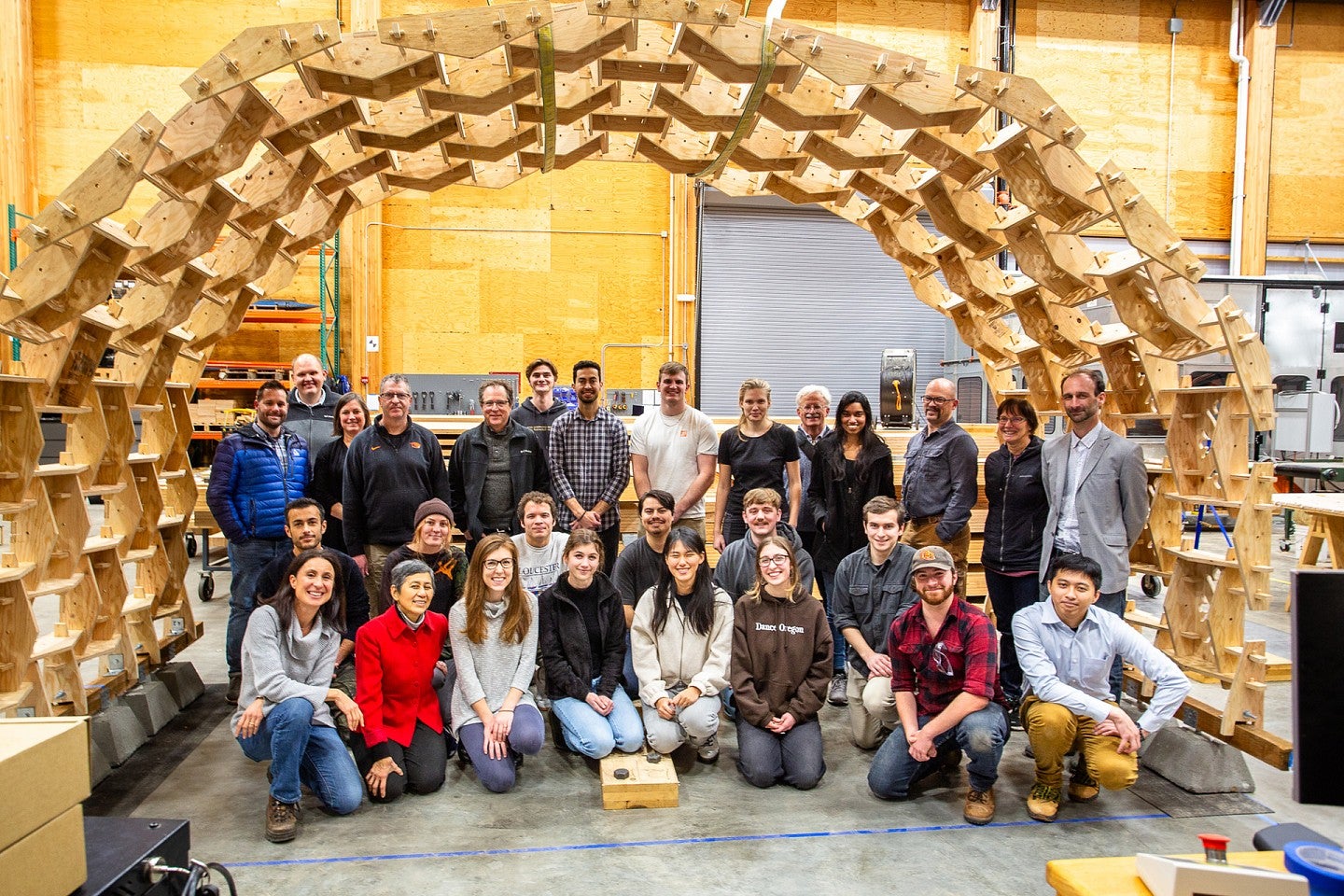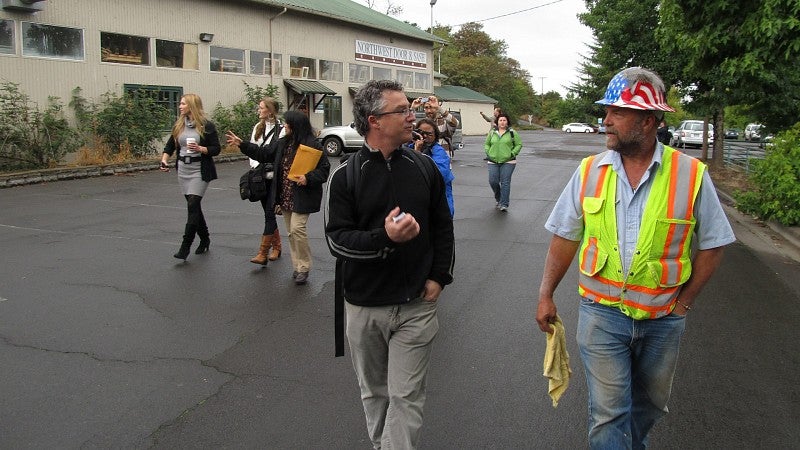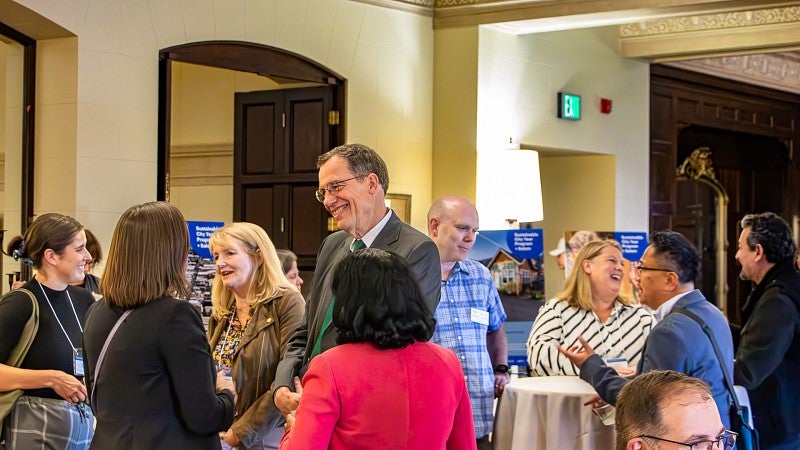Why SCYP?
The Sustainable City Year Program helps Oregon communities find real, cutting-edge solutions for some of their most challenging problems. Learn more about how SCYP can bring lasting impact to your city.


Overview
SCYP is an example of Oregon innovation and leadership. We leverage existing resources to create meaningful, society-wide value that benefits all parties involved. Undergraduate and graduate students across disciplines including business, planning, public adminstration, journalism, architecture, and more engage in the projects identified by partner cities to develop recommendations that bring the best of the creativity, freedom, and rigor of academia to the "real world." By getting students involved in real projects through their coursework, SCYP prepares students to enter the workforce and keeps talent in Oregon. Moreover, the vast majority of student outputs get incorporated into community plans and projects, creating lasting impact years into the future.

"Here’s the deal [the City of Salem] brokered with the University of Oregon and Portland State: We’ll invest just over $300,000 to support a one year research and design project that will leave Salem $12 million richer!
No kidding. In September, more than 600 students began a year of academic coursework, building upon Salem City Council’s priorities for increasing livability, sustainability, traffic navigability, cultural excitement, citizen participation and economic vitality. Before wrapping the project next June, graduate students from schools of: business, architecture, law, transportation engineering, public policy, journalism, arts and humanities, etc. will expend more than 80,000 hours into Salem’s Sustainable Cities Initiative package. Consider the ‘normal’ cost for that kind of consulting and you see how quickly the value mounts into the millions of dollars.”
- “Graduate Students Nurture Salem’s Sustainable Future,” Salem Business Journal

SCYP classes are taught by award winning faculty across a range of departments. These faculty are dedicated to advancing and directing student contributions towards communities and public agencies throughout the state.
Benefits to Communities
- Increased capacity
- Expanded breadth of conversation
- Opportunity to test riskier ideas
- Increased outreach
- Ability to move projects forward
- Engagement with marginalized groups
- Development of material for future grant submissions
- Energized staff and community
- Coordinated entry point to university
- Workforce-ready, public service-oriented graduates
Customized to Meet Community Needs
"Through our partnership with SCYP, 22 classes provided more than 55,000 hours of work—at an estimated $4.64 per hour—on more than 20 projects from revenue enhancement strategies, community outreach and engagement, to economic development and urban revitalization. Students have the time, creativity and drive to do what city planners wanted to do, but could not."
- Ed Hodney, City of Albany
SCYP is a scalable model that is highly adaptable to the varying sizes, constraints, and needs of Oregon's communities. In the 2010-2011 academic year, SCYP partnered with Salem, Oregon's second largest city at 167,000 residents. This partnership paired 26 classes with the city's projects. The 2016-2017 partnership with Albany, population 53,000, involved student work on 16 projects.
In January 2018, SCYP took on a new challenge: adapting the model to a much smaller community. The overwhelming success of the Small City Pilot partnership with the city of La Pine–a central Oregon community with just over 1,800 residents–proved that this radically simple model works across an enormous range of contexts.
We are excited to find new ways to provide tangible value to Oregon's cities—urban, rural, and everything in between—in the years to come.
Typical Year
Larger Communities (30,000+)
20-25
COMMUNITY PROJECTS
15+
ACADEMIC DEPARTMENTS
80K
HOURS OF STUDENT WORK
Typical Year
Smaller Communities (<30,000)
10-15
COMMUNITY PROJECTS
5+
ACADEMIC DEPARTMENTS
20K
HOURS OF STUDENT WORK

The SCYP partner year is just the beginning. Learn more about how our work has transformed Oregon communities and how we've continued to build these relationships throughout the state.
